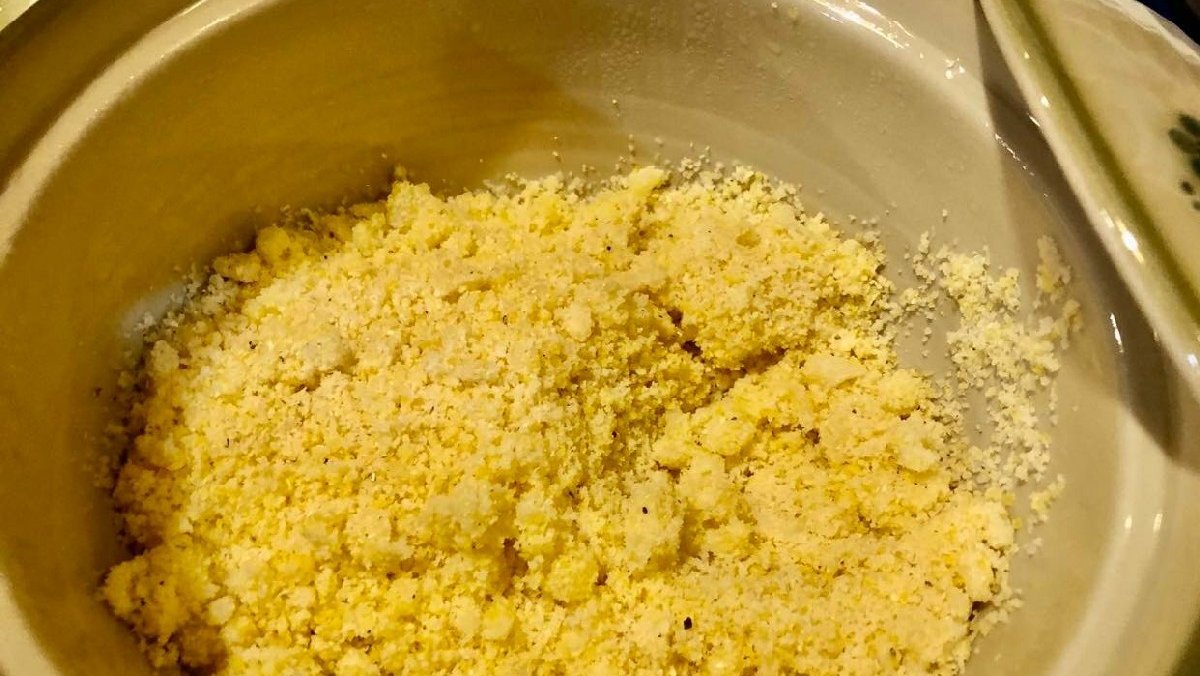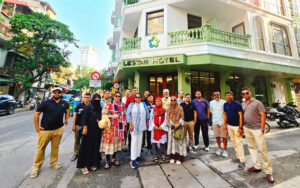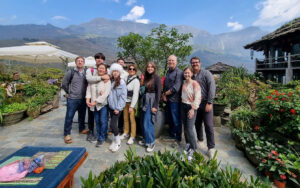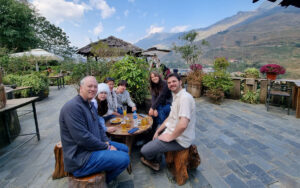Men Men Sapa is a well-known delicacy from the H’Mong people, primarily made from corn. Although the preparation process for this dish is quite simple, it does require time and effort. However, the unique, aromatic, and hearty taste of this specialty makes it worthwhile! Let’s discover more about Men Men Sapa with Asia Legend Travel in the following article!
Unveiling the Culinary Tradition of Men Men Sapa
Settling in the high mountains where rice cultivation is challenging, the H’Mong people mainly rely on corn as their staple food. They came up with a dish called Men Men Sapa, which is used instead of rice. Over time, this dish has become a vital part of the H’Mong people’s diet and a specialty in Sapa.
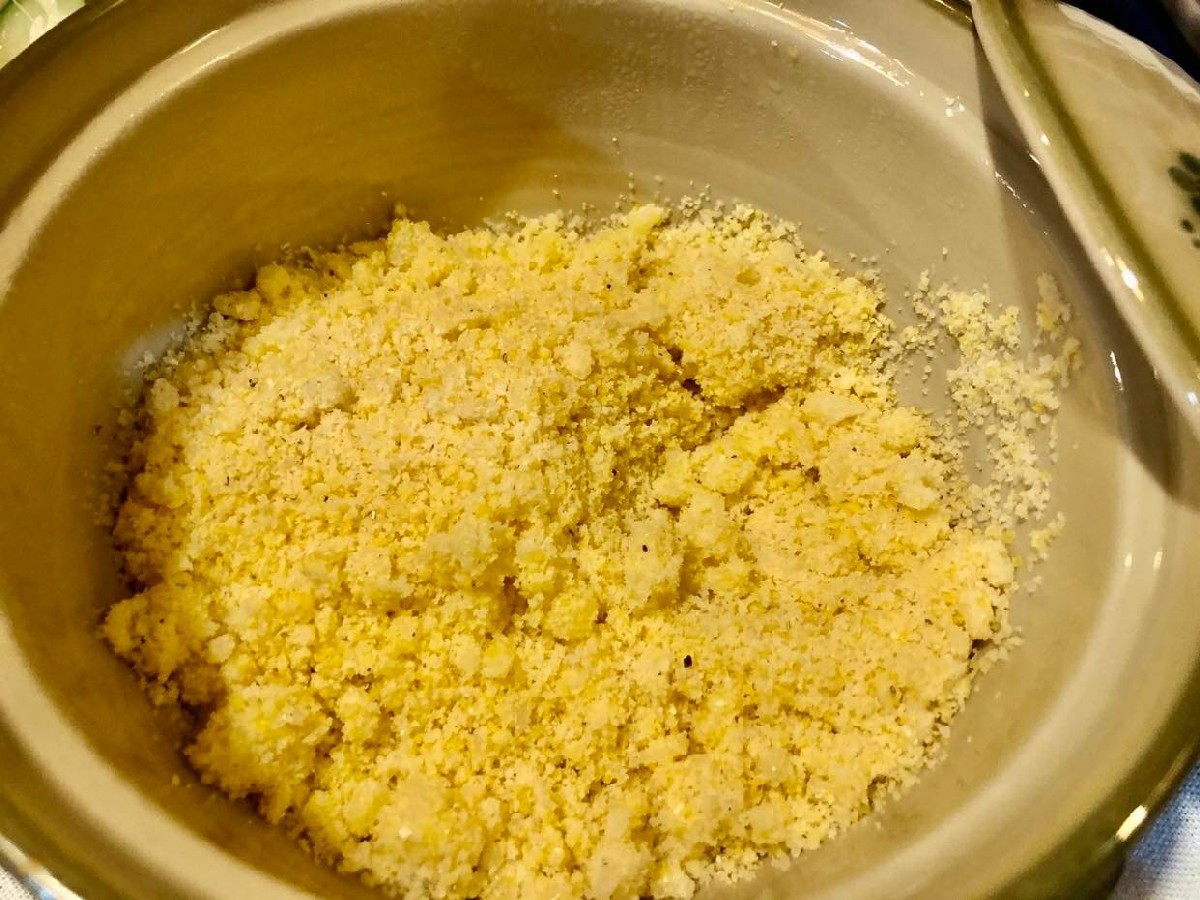
Men Men Sapa, known in Vietnamese as “Mèn Mén,” gets its name from the Southwestern Mandarin language (Chinese), translating to steamed cornmeal. According to local experiences, only the corn grown in this region can produce the most delicious and appealing Men Men. Hybrid corn or corn from other areas doesn’t have the same sweet smell and rich taste.
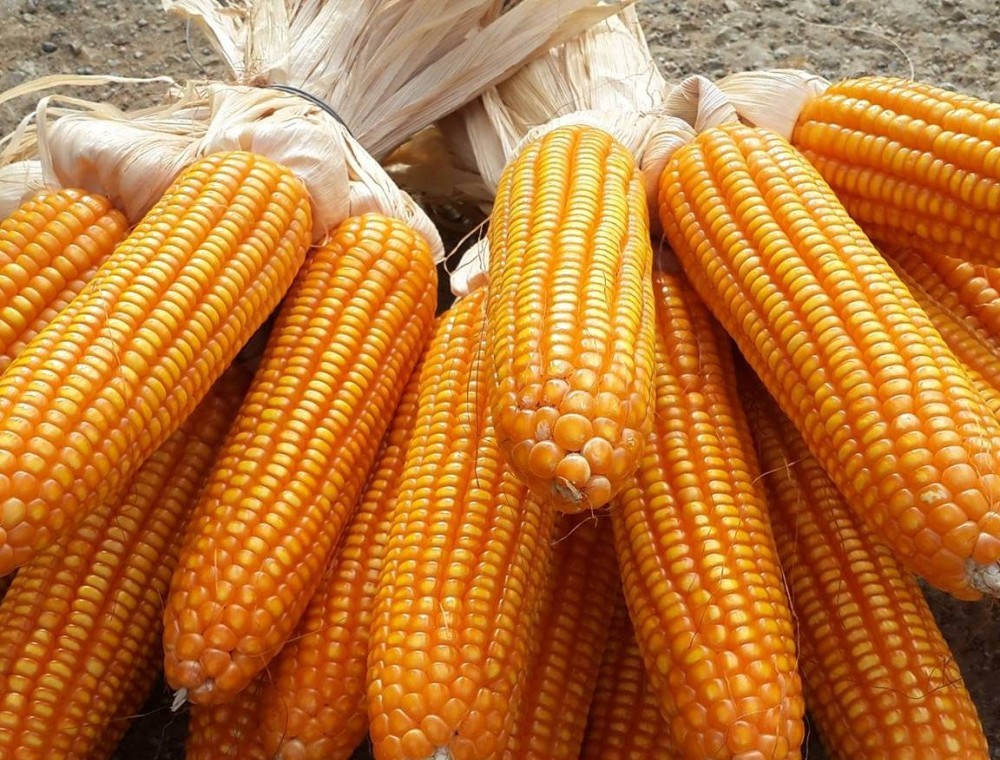
As more tourists come to Sapa, Men Men Sapa is made more frequently to meet the increasing demands from tourists. This not only helps the locals earn more money but also showcases a unique cultural aspect of the ethnic groups in the Northwestern mountainous region of Vietnam.
How to Make Men Men Sapa
Let’s delve into how to make an authentic Men Men Sapa.
Ingredients
Local Corn & Water. Keep in mind that only the local corn in Sapa can produce the best taste for Men Men.
Preparation
There are six steps to make a good Men Men Sapa as follows.
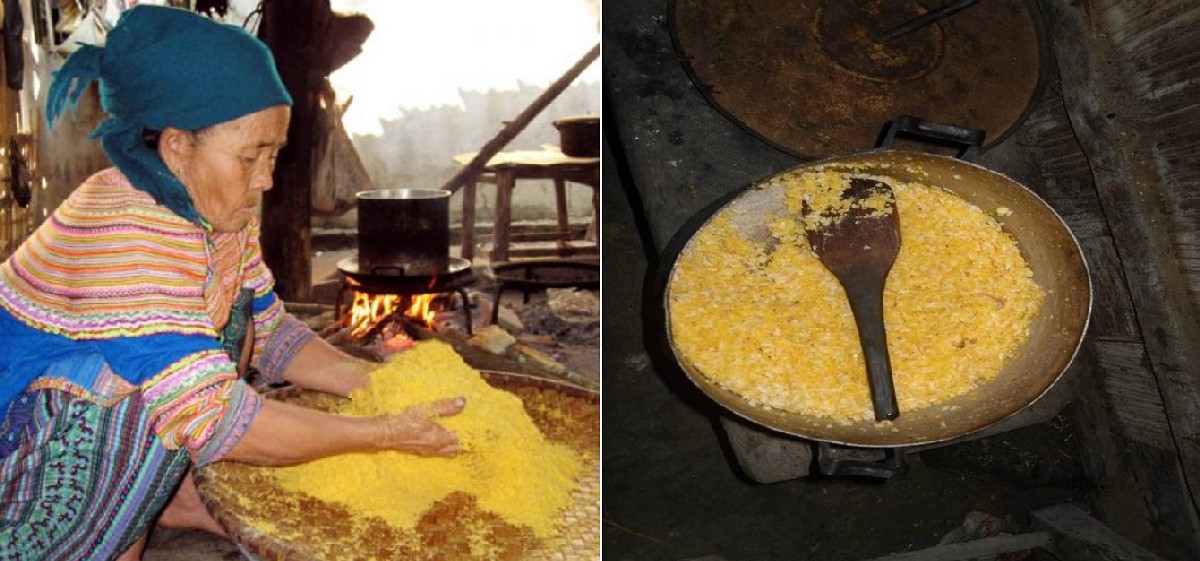
- Step 1: Separate the corn kernels and discard any that are infested or moldy. Only the large, round, and plump kernels should be retained. The traditional method of making this dish involved a stone mill, making the process of grinding corn quite a lot of work.
- Step 2: After grinding, remove the husks and other impurities. The corn flour is then mixed with clean water in a basin. Just enough water should be added so that the dough isn’t too lumpy or sticky. It takes some experience to get it right. That way, the dish will taste just as it should.
- Step 3: Unlike Thai sticky rice, Men Men Sapa must be steamed twice to achieve perfection. The steaming process requires a special pot equipped with a water pan and a high steam lattice. The corn dough is then placed on this steam lattice.
- Step 4: Keep steaming the dough until it’s cooked. The steaming time can vary depending on the type of corn and the amount of corn flour used.
- Step 5: Once the corn dough is cooked, place it on a flat winnowing basket. When it’s cooled a bit, the cook needs to knead the dough until it is separated. At this time, the dough is not fully cooked yet, so the cook must add some more water and mix again. Finally, put the dough back in the steamer for a second round.
- Step 6: Once finished, the dish is ready to serve. It can be enjoyed either hot or cold
Flavor Profile of Men Men Sapa
Once perfectly cooked, Men Men Sapa exudes a rich, satisfying flavor with a mild, slightly grassy aroma from the corn. This dish truly preserves the natural flavor of highland corn. Usually, it is served with hot soup. Taking a bite of this delicacy followed by a sip of soup, you’ll experience a creamy sensation in your mouth. The more you chew, the more flavorful it gets, bringing out the natural taste of the mountains and forests in the region.
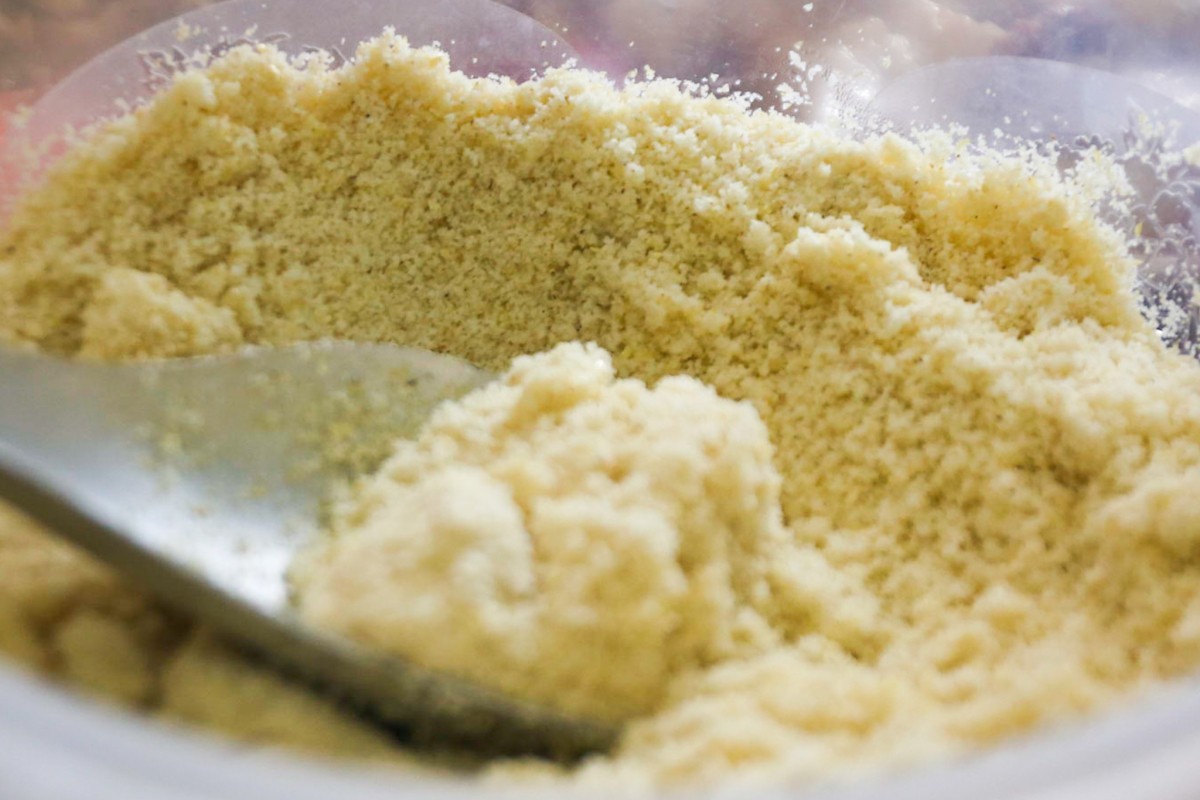
The H’Mong people often eat Men Men Sapa with pumpkin soup, chayote soup, or Thang Co soup. It not only makes the dish easy to eat without choking but also adds to the dish’s appeal. This dish is also served with dried chillies to warm the body, perfect for dispelling the “skin-cutting” cold of the Northwestern mountains. The dried chillies are grilled over red coals, then crushed and mixed with salt for a strong flavor.
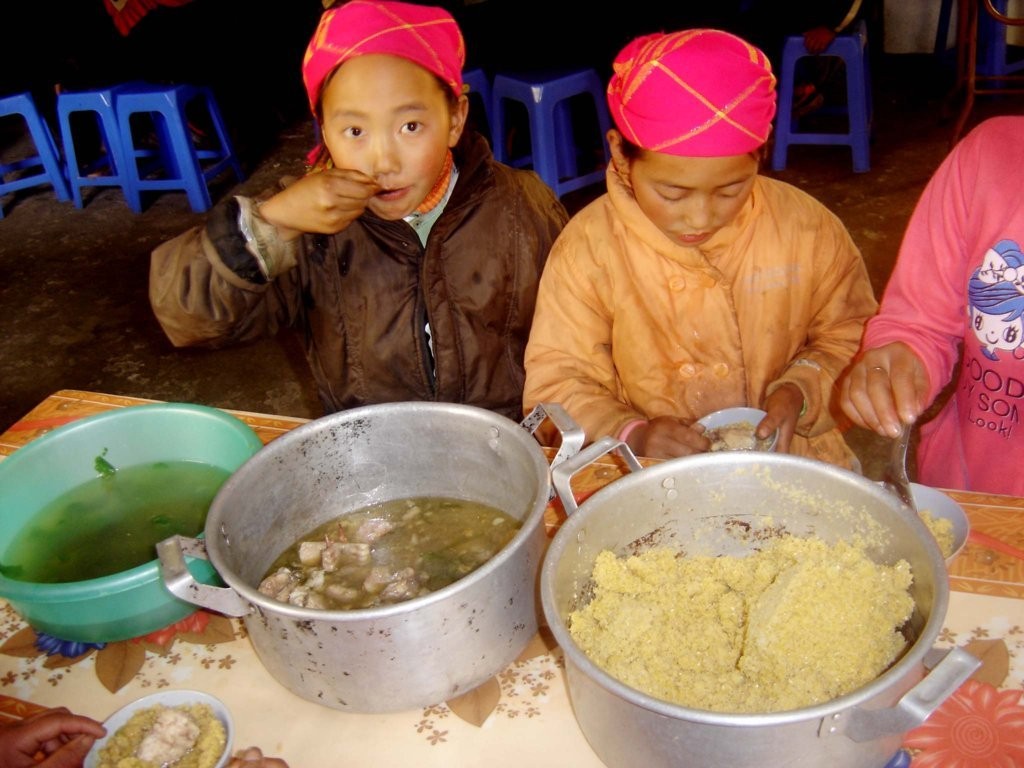
Many H’Mong people like to eat Men Men with rice. They enjoy the sweet and rich flavor of the corn alongside the soft, chewy texture of the rice. You can also find this dish in local markets in Sapa, where it’s added to pho or noodle broth.
Culinary Experience
In the past, the H’Mong people mostly ate Men Men Sapa at home. However, you can now find it in markets as well.
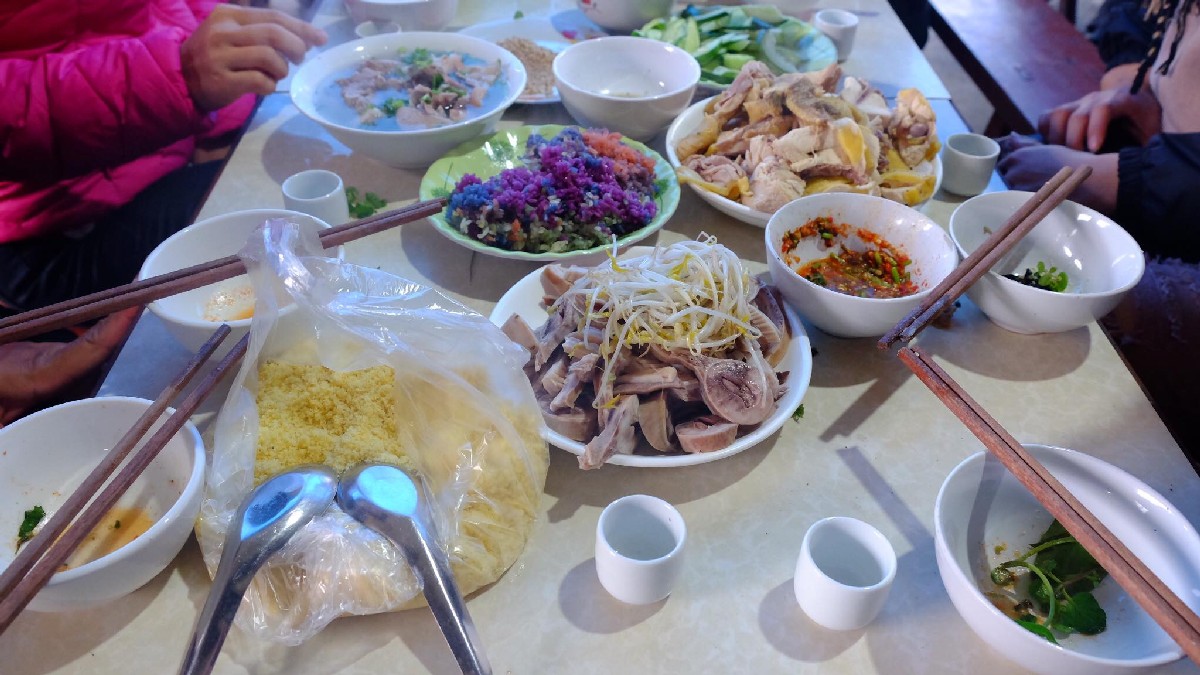
Taking a leisurely walk around Sapa town, home to over half of the H’Mong population, you will see groups of people gathered around small tables in local markets. This sight is especially vibrant on weekends when the markets are bustling. During these times, tables are laden with warm Sapa wine, hot servings of Thang Co, and the smooth, golden Men Men Sapa.
Cultural Insight
In H’Mong people’s belief, a H’Mong woman should have specific skills and qualities: she should know how to sew, love and take care of her husband and children, look after her in-laws, and importantly, she must know how to make Men Men Sapa. This belief indicates that Men Men is more than just food; it’s a big part of Northwest food culture and shows what the H’Mong believe about life.
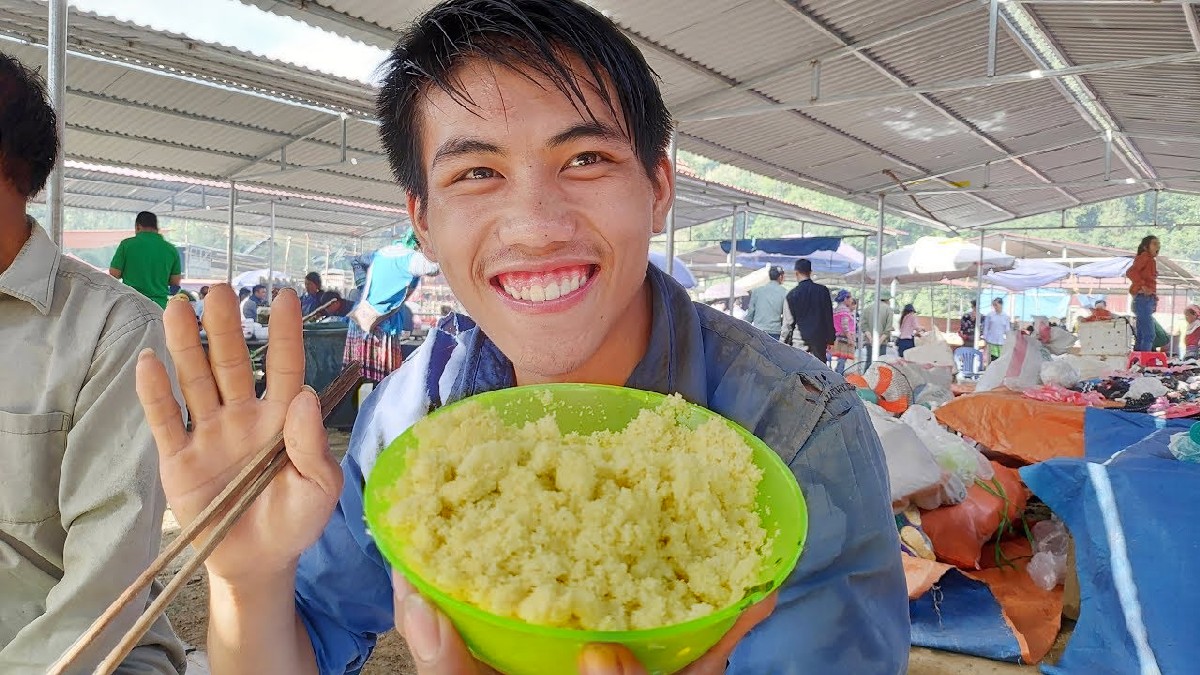
The meticulous care and patience required in the making process elevate this dish from a simple meal to something spiritually significant. That’s why the dish is often served as an offering to ancestors and deities during holidays, family events, weddings, funerals, and New Year’s Day. It holds a place of importance similar to smoked pork and smoked sausage in religious ceremonies.
The delightful Men Men Sapa, a unique delicacy of the H’Mong people, always has a special way of charming visitors in Sapa. So, why not get some Men Men Sapa as a gift from your travels for your family? It’s bound to be a fantastic gift that represents your wonderful journey.
